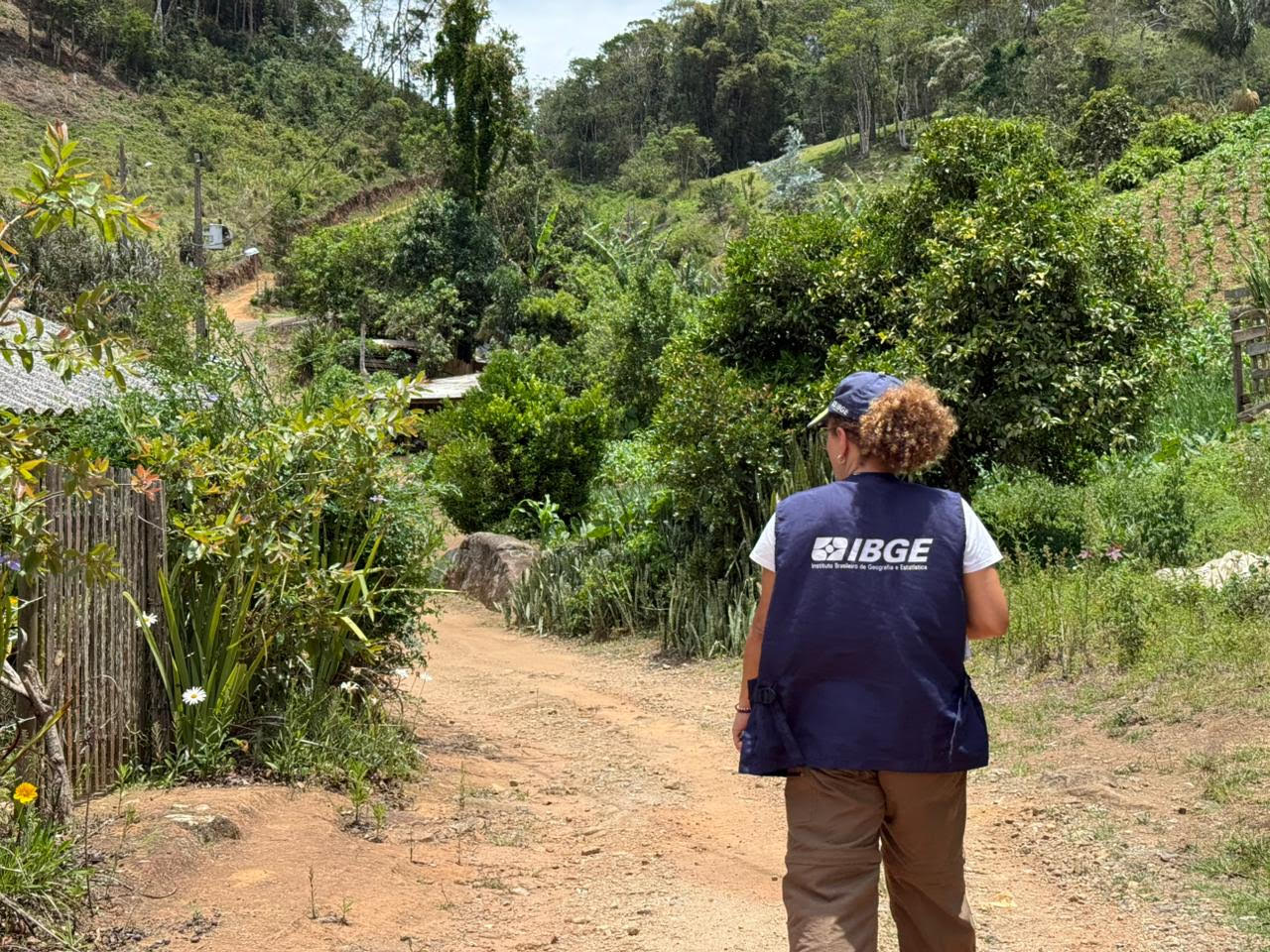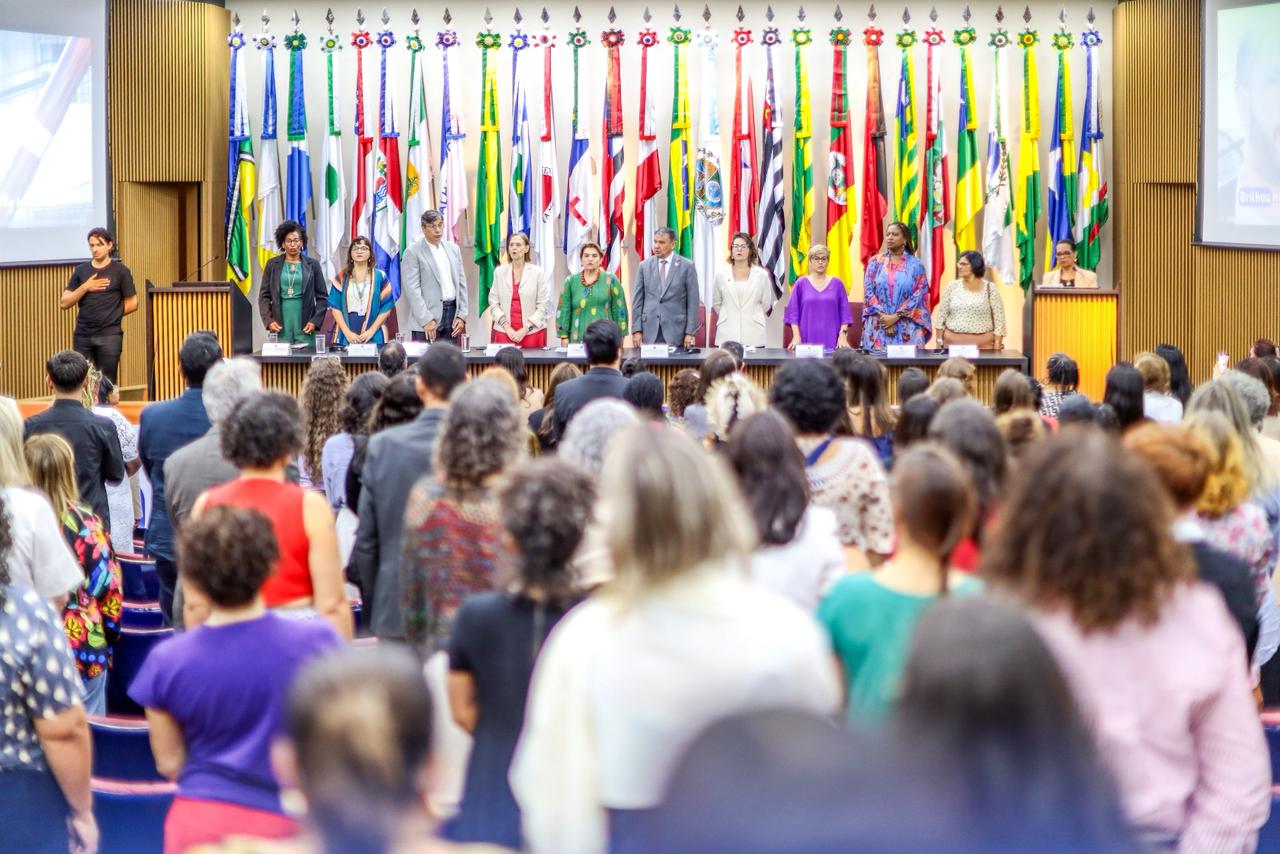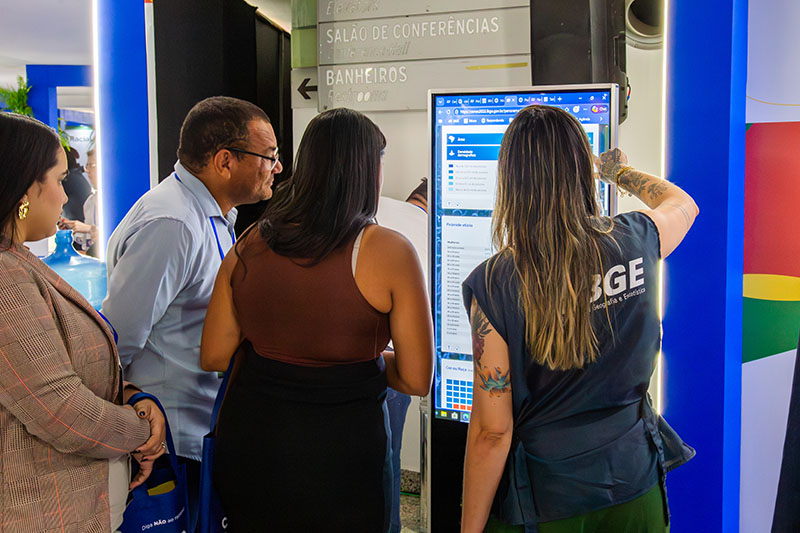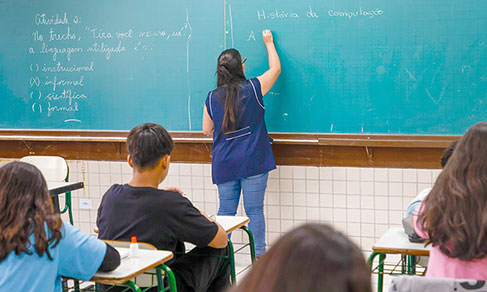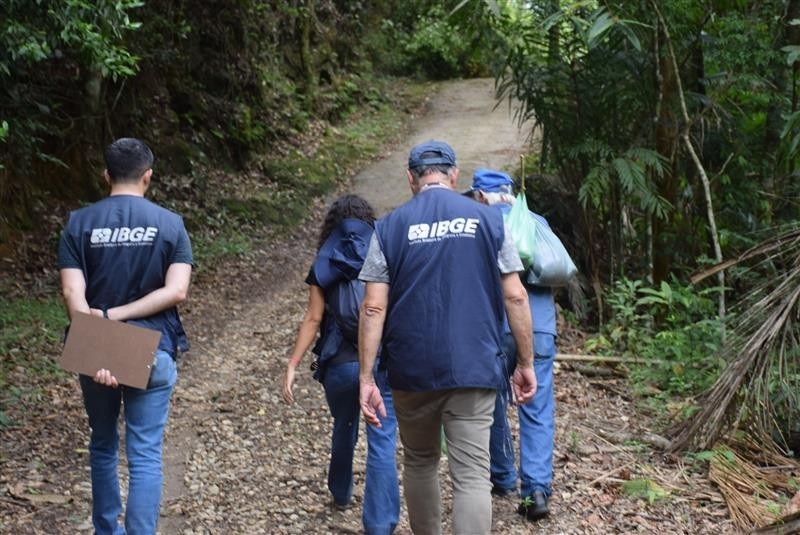RBG
Brazilian Journal of Geography achieves new scientific classification
April 26, 2023 10h00 AM | Last Updated: April 26, 2023 05h55 PM
Highlights
- The Brazilian Journal of Geography ranked A3 in the areas of Geography and Geosciences by CAPES.
- This edition features eight articles: one on the “Index of social vulnerability in Goiás” and seven referring to the celebration of the 25th anniversary of the creation of the specialization course in Environmental Analysis and Territorial Management at ENCE.
- The technical note deals with the current status of the taxonomic organization of the Brazilian Relief Classification System.
- In an interview, the IBGE Geography Coordination team comments on the operations of the 2022 Census in Subnormal Agglomerates and in the Household Surroundings Survey.
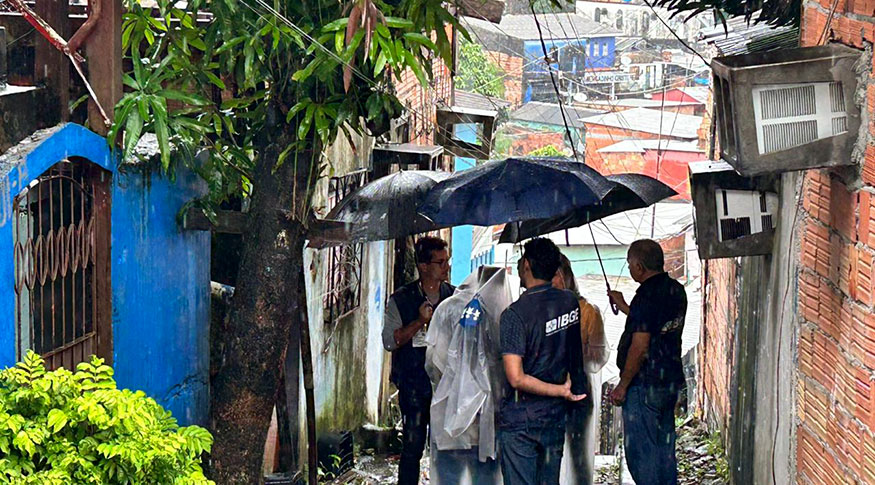 Census in subnormal agglomerates is the theme of an interview with the IBGE Geography Coordination team - Photo: IBGE collection
Census in subnormal agglomerates is the theme of an interview with the IBGE Geography Coordination team - Photo: IBGE collectionThe IBGE releases today (April 26) the second number of volume 67 of the Revista Brasileira de Geografia (RBG) (Brazilian Journal of Geography), registering a milestone: the journal was classified as an A3 journal in the areas of Geography and Geosciences in the last assessment by CAPES (Coordination for the Improvement of Higher Education Personnel), released in December 2022. The best classification for scientific journals is A1, followed by A2. Before that, the RBG was ranked B4 in the Geosciences area and did not appear in the Geography ranking.
”The A3 classification represents a great advance for us and, naturally, it will attract even more attention from the academic community to our journal”, highlights executive editor Maria Lúcia Vilarinhos. “This achievement reinforces the editorial choices made so far and encourages the pursuit for greater achievements, always counting on institutional support and seeking to expand exchanges with the academic and scientific communities”, she adds.
Published exclusively in digital format, the new edition brings eight articles, one of which is for continuous submission and seven referring to the celebration of the 25th anniversary of the creation of the specialization course in Environmental Analysis and Territory Management at the National School of Statistical Sciences (ENCE). A technical note and an interview were also published.
The article entitled “Index of social vulnerability in Goiás: The geography of risks and social inequality”, by Aristotle Theobaldo Neto and Levindo Cardoso Medeiros, both from the IBGE, proposes to create an Urban Social Vulnerability Index based on an existing index (SoVI ), and using data from the 2010 Census, on the enumeration areas of the municipalities in Goiás. With the available data and the proposed methodology, the municipalities in Goiás with the highest concentration of socially vulnerable populations were identified.
The seven articles selected as part of the commemorations of the 25th anniversary of the Post-Graduation Program on Environmental Analysis and Territory Management were written by students who graduated during this period, in partnership with their advisors and, in some cases, with professors who took part in the examination boards. “The variety of topics covered reflects the scope of the concern with the environmental issue that marks contemporary life and which, moreover, has always been present in the foundations of the creation of the course”, emphasizes Ms. Vilarinhos.
The technical note aims at briefly presenting to the scientific community interested in the theme of relief the current status of the taxonomic organization of the Brazilian Relief Classification System. It is signed by the National Executive Committee of the Brazilian System of Relief Classification (CEN/SBCR), composed of representatives of the Geomorphology area of the Directorate of Geosciences of IBGE, by representatives of the Geological Survey of Brazil/CPRM and by the Union of Brazilian Geomorphology (UGB). It is expected that, in 2024, a specific publication on the System will gather all the state of the art up to that moment and all the theoretical-methodological foundations adopted in the structuring of its taxonomic levels and subsystems.
The theme of favelas and communities closes the issue. In an interview, part of the group of technicians from the Division of Surveys and Territorial Classifications (GPET), of the IBGE Geography Coordination, comments on the operations of the 2022 Census in Subnormal Agglomerates and in the Urbanistic Survey of Household Surroundings. The subject addresses the main advances and transformations of these surveys in comparison with what was done in previous Censuses (particularly, the 2010 Census), the possibilities posed by the real-time monitoring of the operation and the expectations regarding the results, which should start being released later this year.
Edited by the IBGE, the RBG is a digital scientific publication with two releases per year, in April and September. As of now, the journal is adhering to the Creative Commons Attribution 4.0 license, in order to streamline the procedures for editing articles, reviews and technical notes. The submission of articles is continuous and is open to researchers from national and international institutions, including the IBGE.



